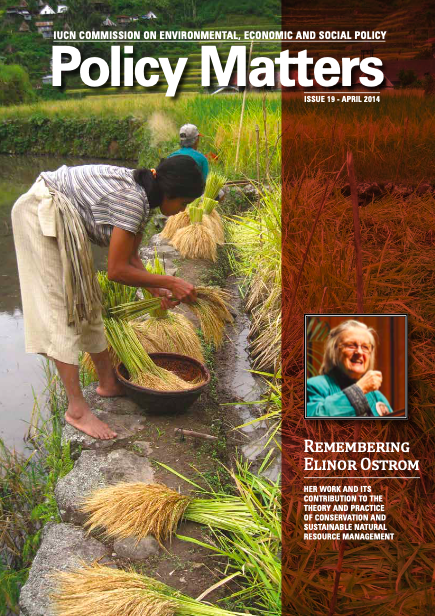Location
IUCN is a membership Union uniquely composed of both government and civil society organisations. It provides public, private and non-governmental organisations with the knowledge and tools that enable human progress, economic development and nature conservation to take place together.
Created in 1948, IUCN is now the world’s largest and most diverse environmental network, harnessing the knowledge, resources and reach of more than 1,300 Member organisations and some 16,000 experts. It is a leading provider of conservation data, assessments and analysis. Its broad membership enables IUCN to fill the role of incubator and trusted repository of best practices, tools and international standards.
IUCN provides a neutral space in which diverse stakeholders including governments, NGOs, scientists, businesses, local communities, indigenous peoples organisations and others can work together to forge and implement solutions to environmental challenges and achieve sustainable development.
Working with many partners and supporters, IUCN implements a large and diverse portfolio of conservation projects worldwide. Combining the latest science with the traditional knowledge of local communities, these projects work to reverse habitat loss, restore ecosystems and improve people’s well-being.
Resources
Displaying 66 - 70 of 142A guide to the Restoration Opportunities Assessment Methodology (ROAM)
Recent developments have seen forest landscape restoration (FLR) become widely recognized as an important means of not only restoring ecological integrity at scale but also generating additional local-to-global benefits. This handbook presents the Restoration Opportunities Assessment Methodology (ROAM), which provides a flexible and affordable framework for countries to rapidly identify and analyse FLR potential and locate special areas of opportunity at a national or sub-national level.
Vers une sécurisation foncière du paysan dans la riziculture à grande échelle au Sahel
Communiqué final de l’atelier régional intitulé « Vers une sécurisation foncière du paysan dans la riziculture à grande échelle au Sahel ». L'atelier s’est tenu à Bamako, Mali, les 2 et 3 juin 2014.
Towards security of tenure for farmers in large scale irrigated rice schemes in the Sahel
This is the Final Communiqué from a regional workshop on the theme: “Towards security of tenure for farmers in large scale irrigated rice schemes in the Sahel” which was held on 2nd and 3rd June 2014 in Bamako, Mali.
Remembering Elinor Ostrom
This special issue of Policy Matters focuses on the outreach and impact of Dr. Elinor Ostrom's groundbreaking research on common property (or commons) theory. Her work was instrumental in shaping contemporary analyses of resource management and conservation, especially at a local level. This collection of research papers, essays, commentaries, and songs build upon her work and provide case studies demonstrating the practical application of her theoretical contributions.
Définition des mesures de compensation des exploitants non-propriétaires de Kandadji au Niger
La construction du barrage de Kandadji au Niger aura, entre autres, pour conséquences l’appropriation de terres de culture, propriété de détenteurs coutumiers mais dans beaucoup de cas sous-exploitations d’autres personnes non-propriétaires. L’État a proposé un bail emphytéotique d’une durée de 50 ans pour les propriétaires, en compensation de leurs droits de propriété expropriés.







